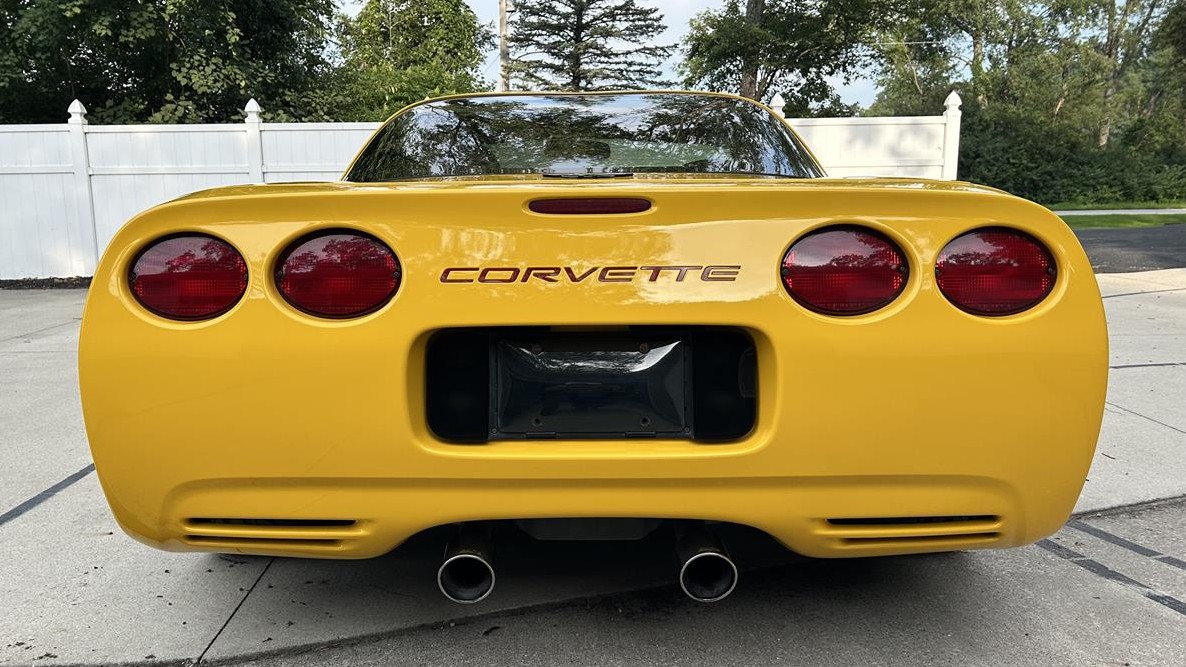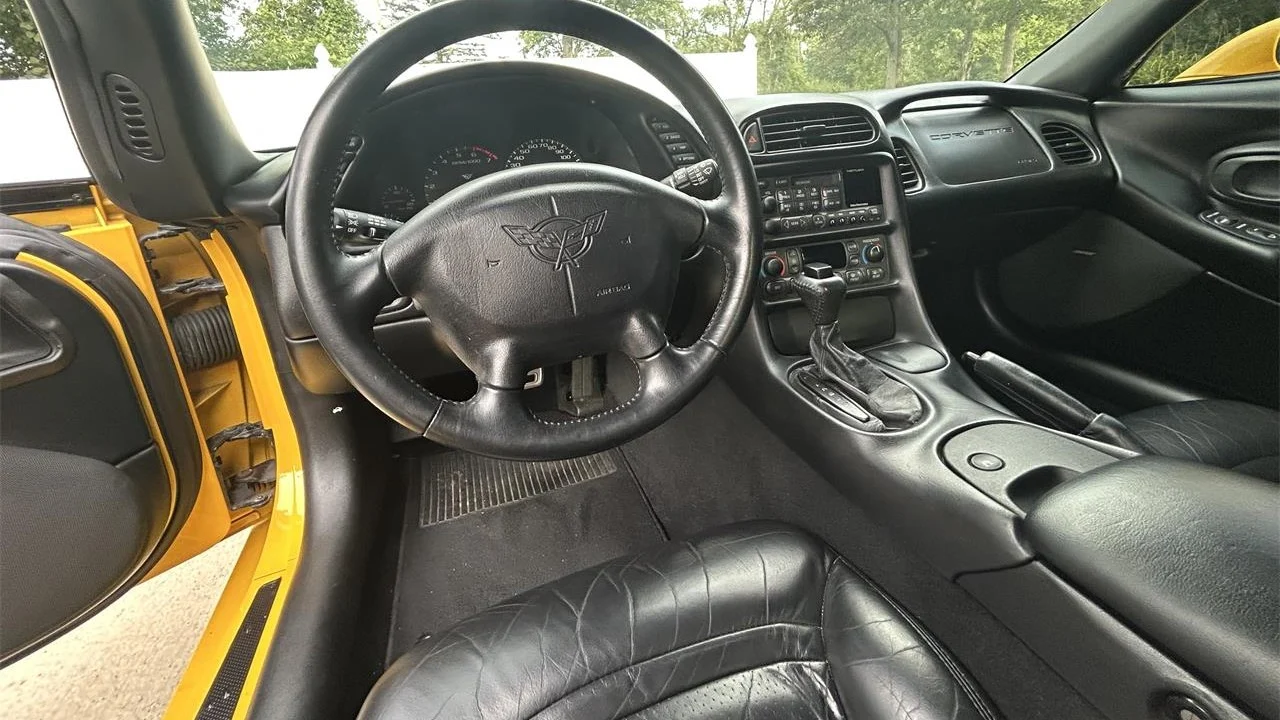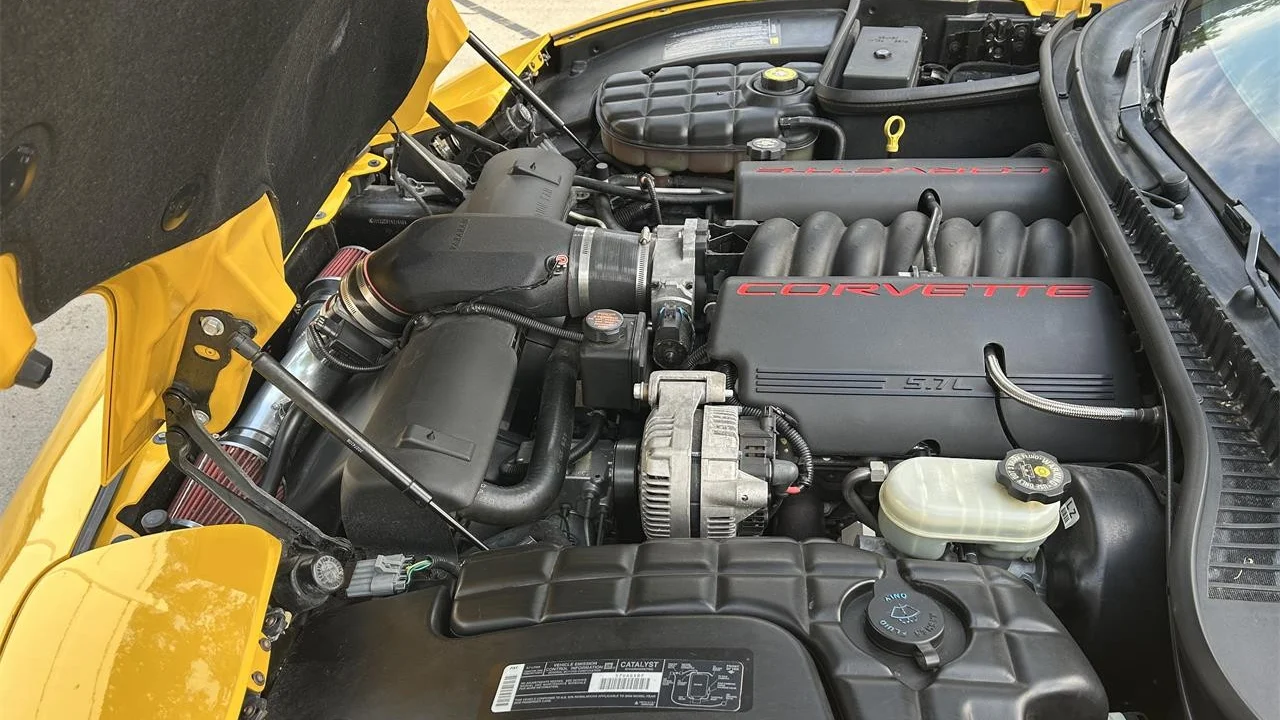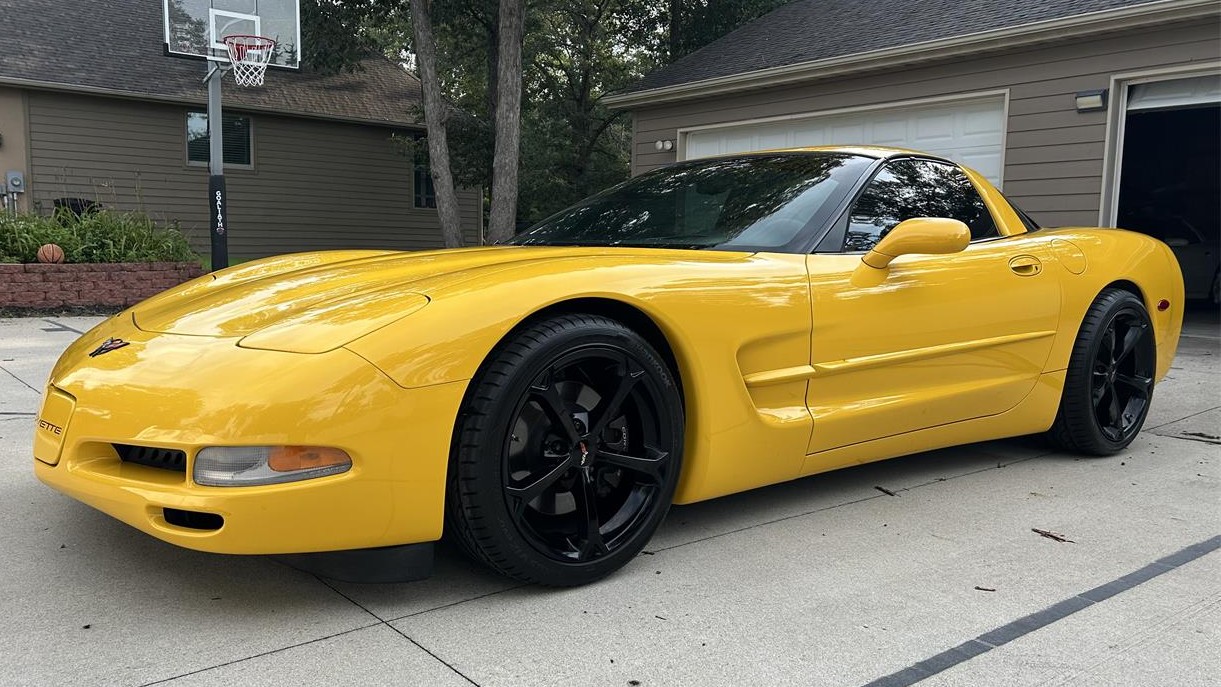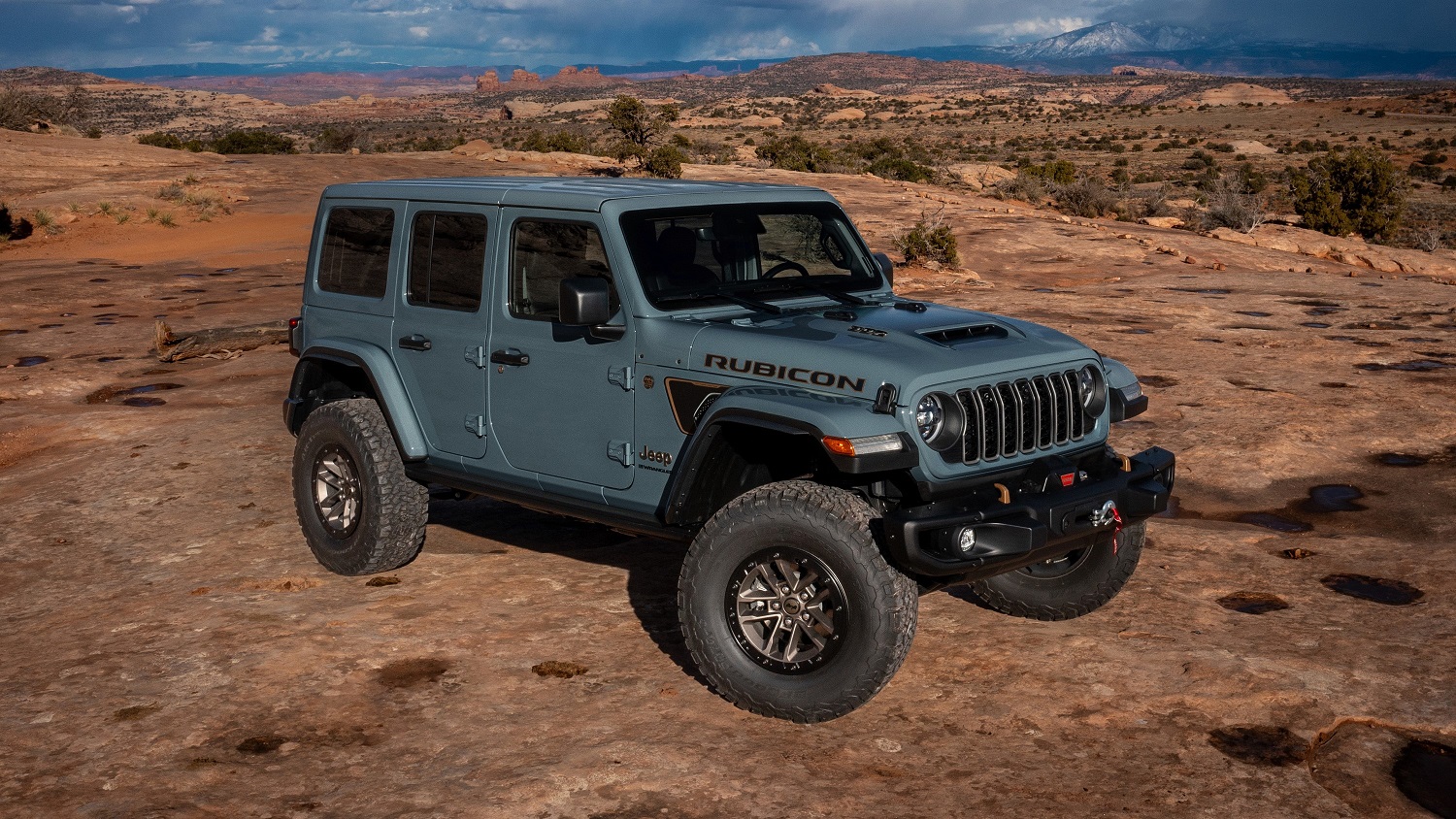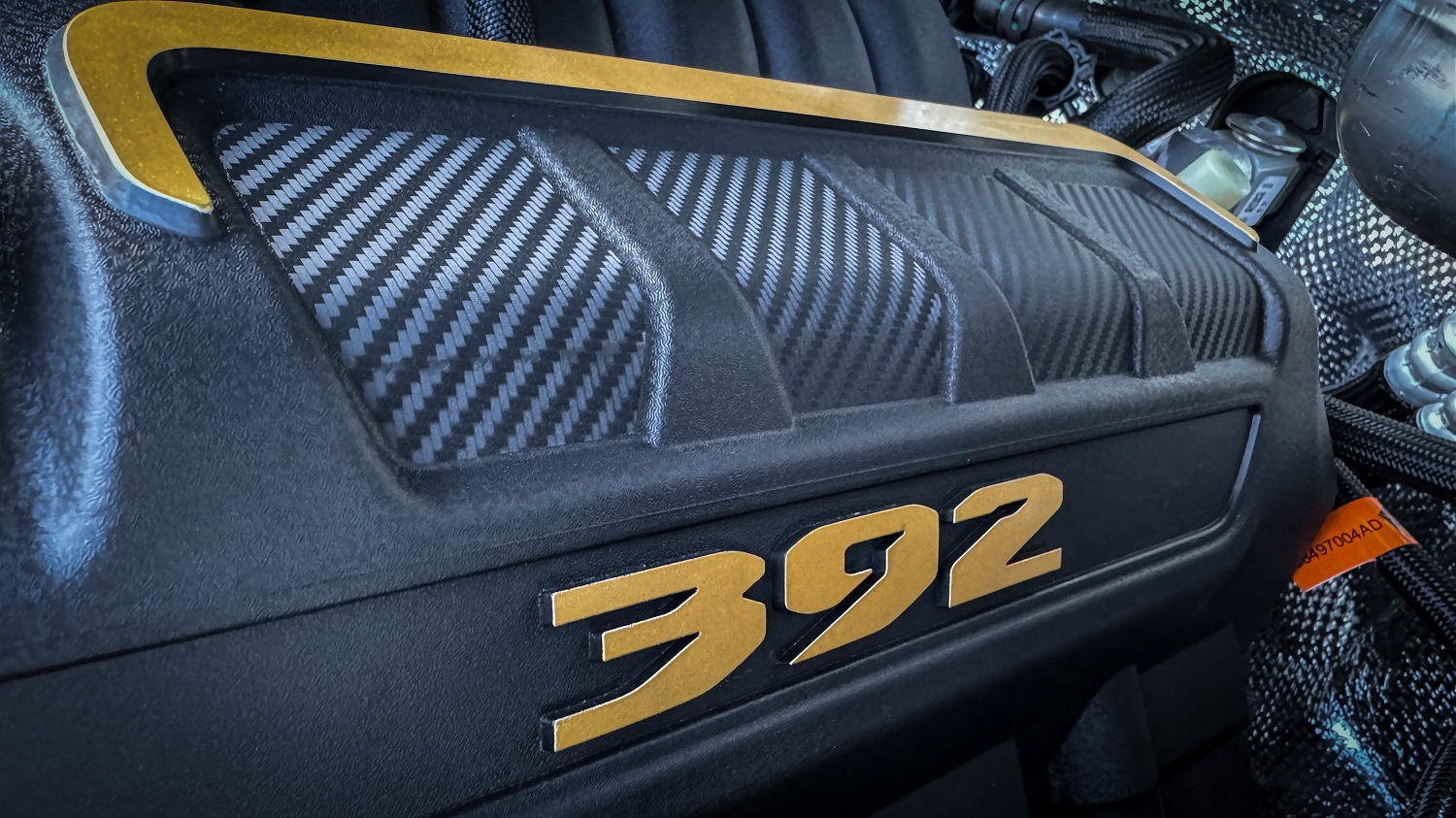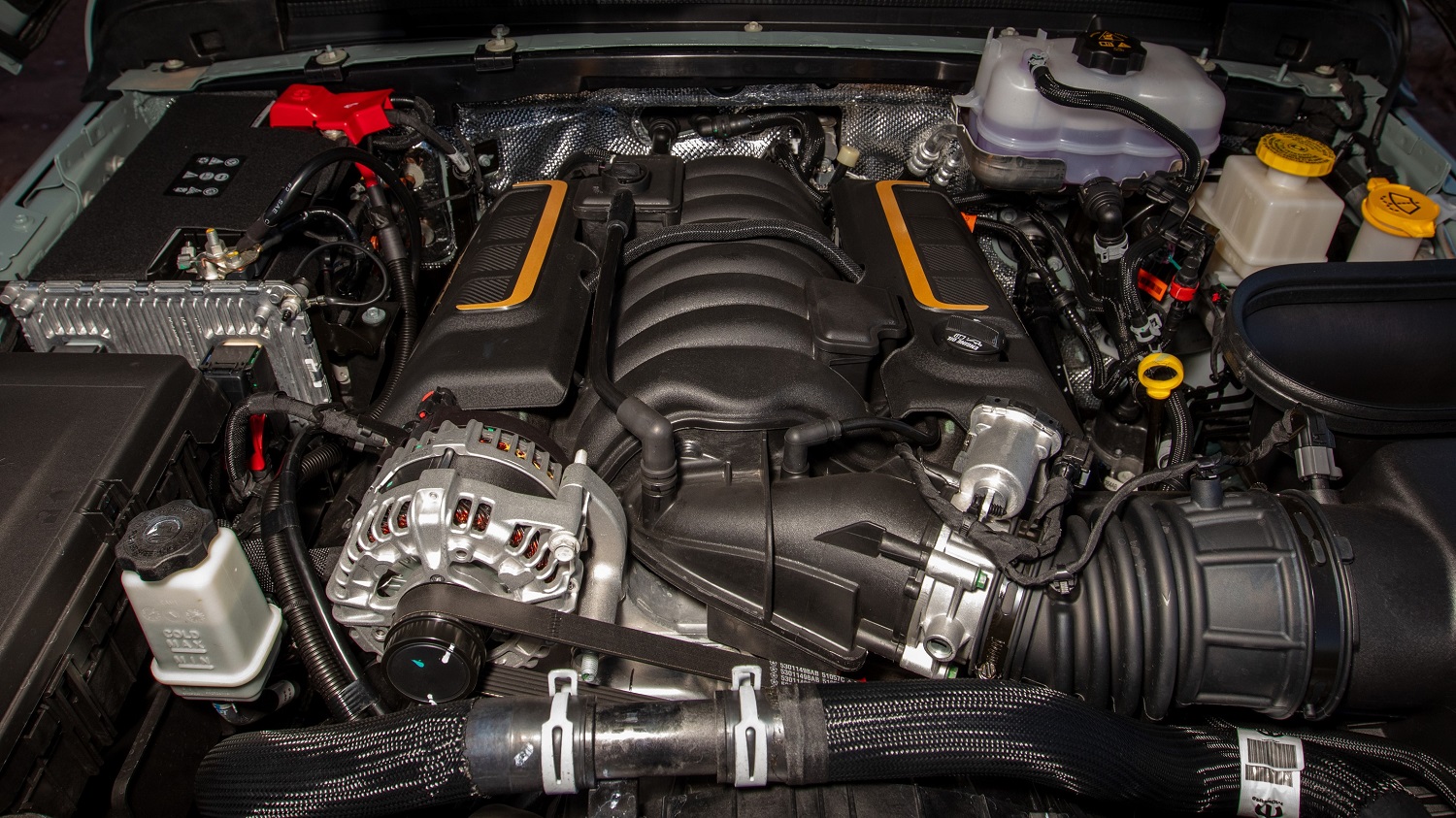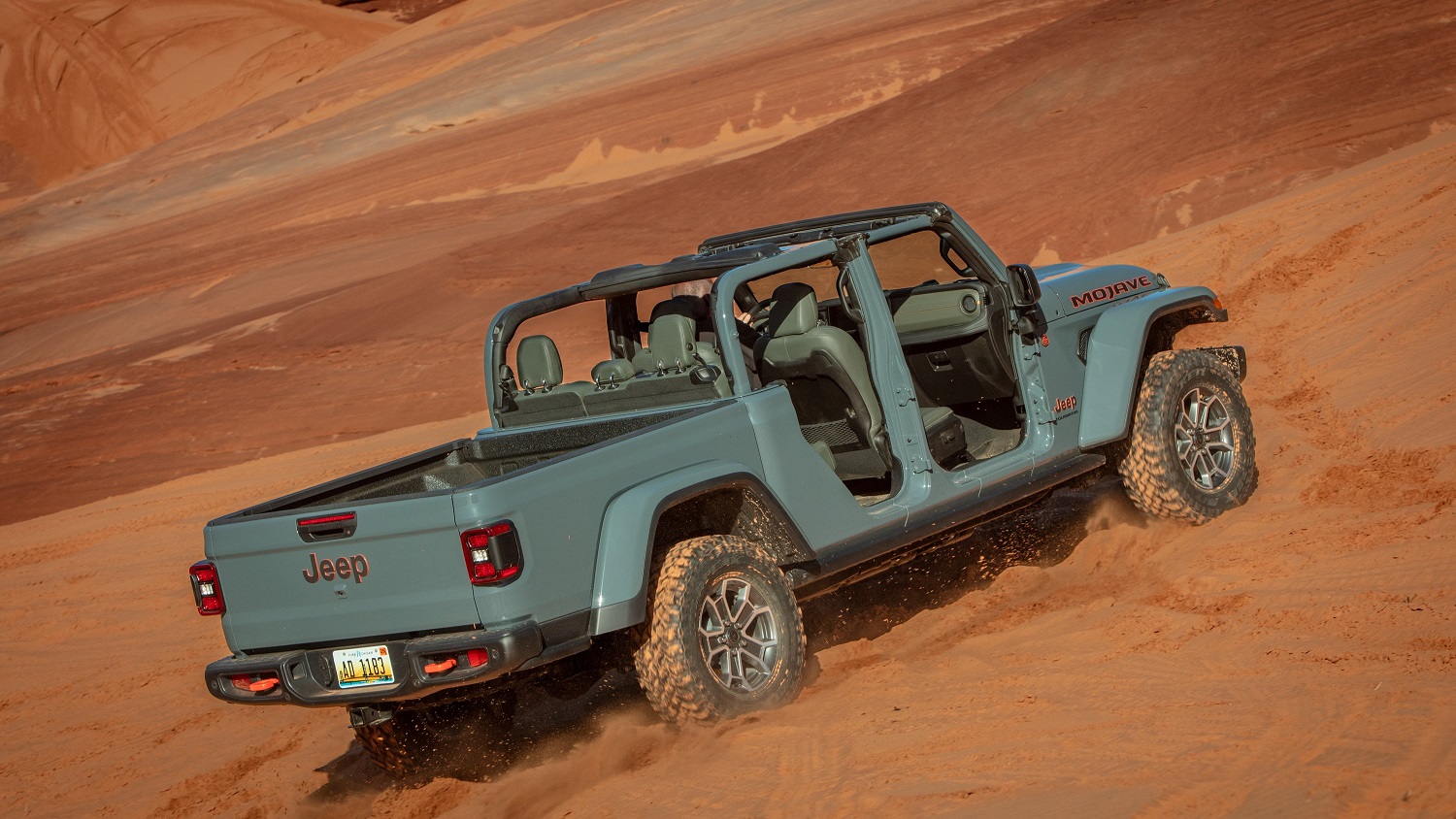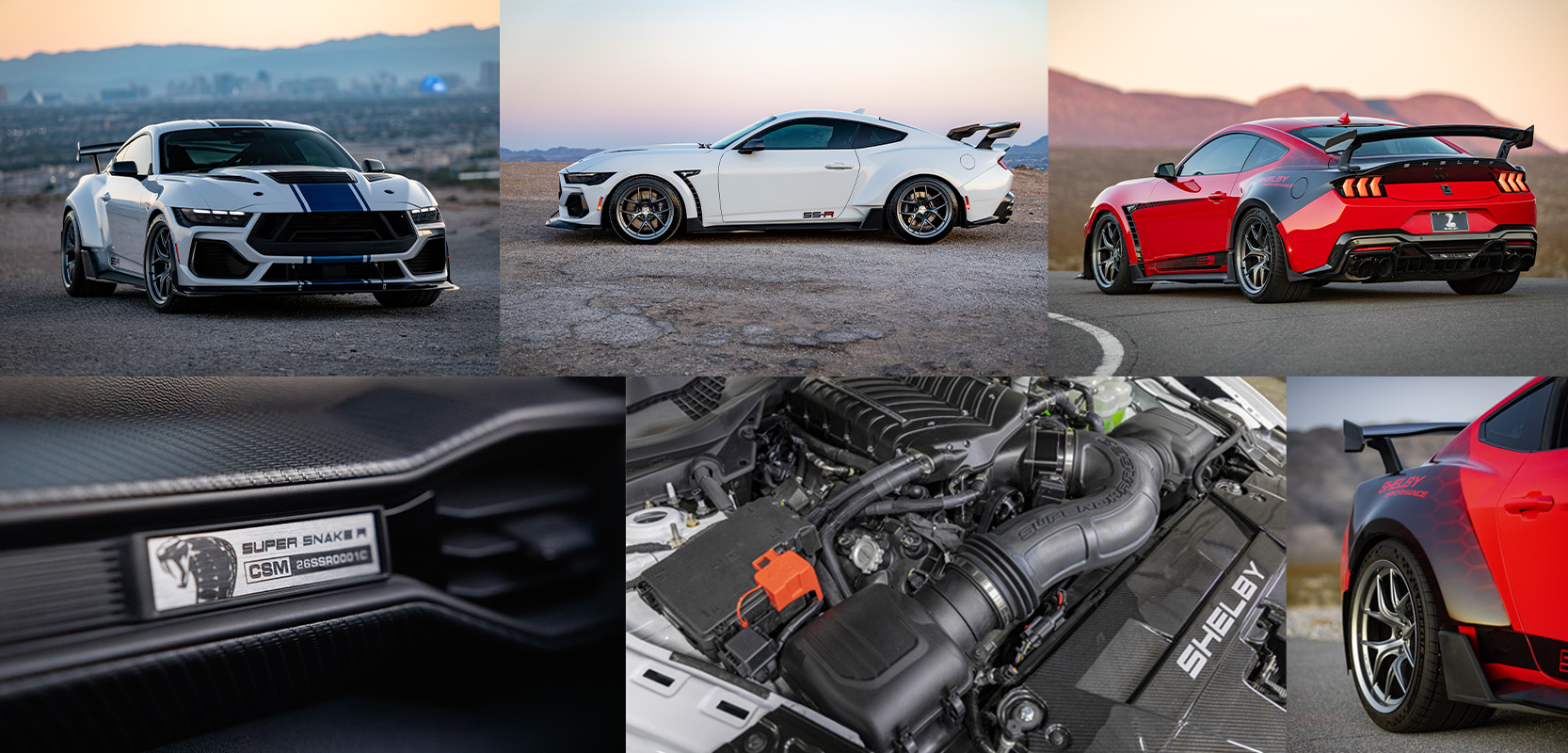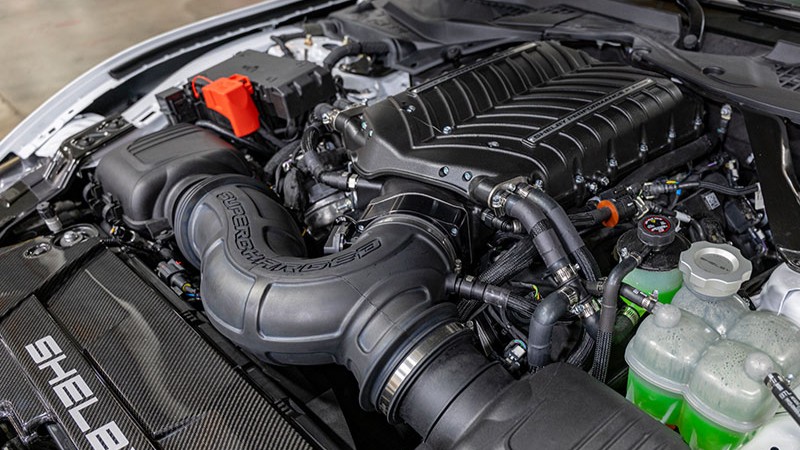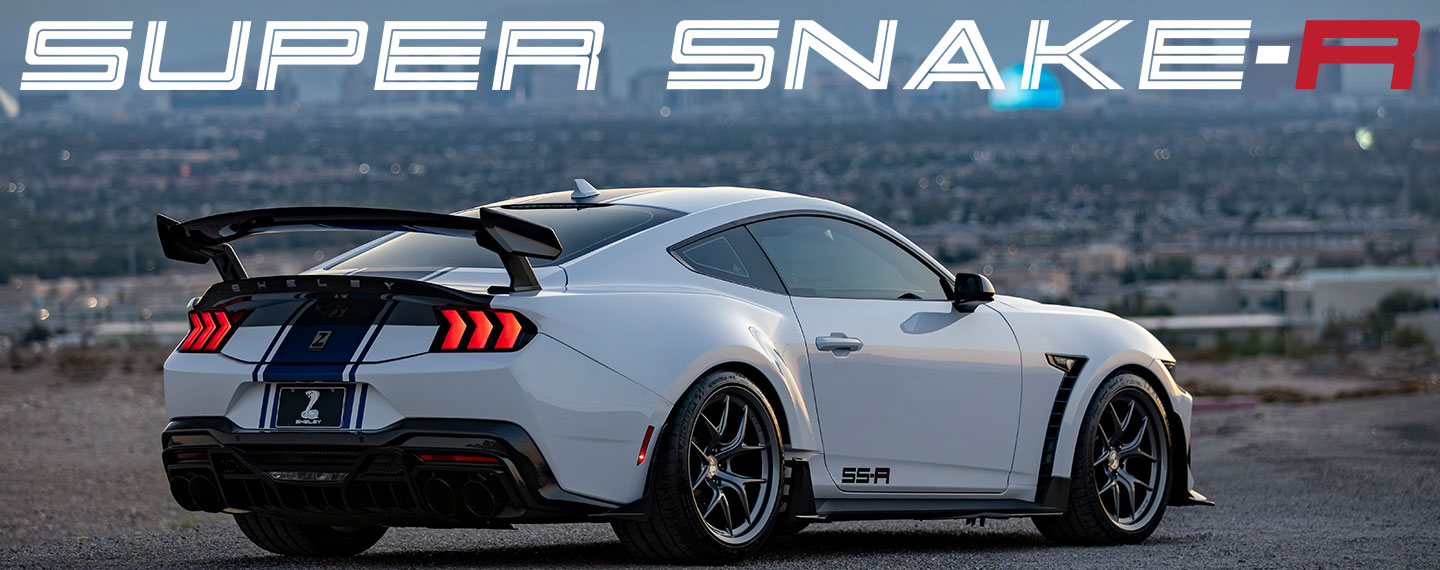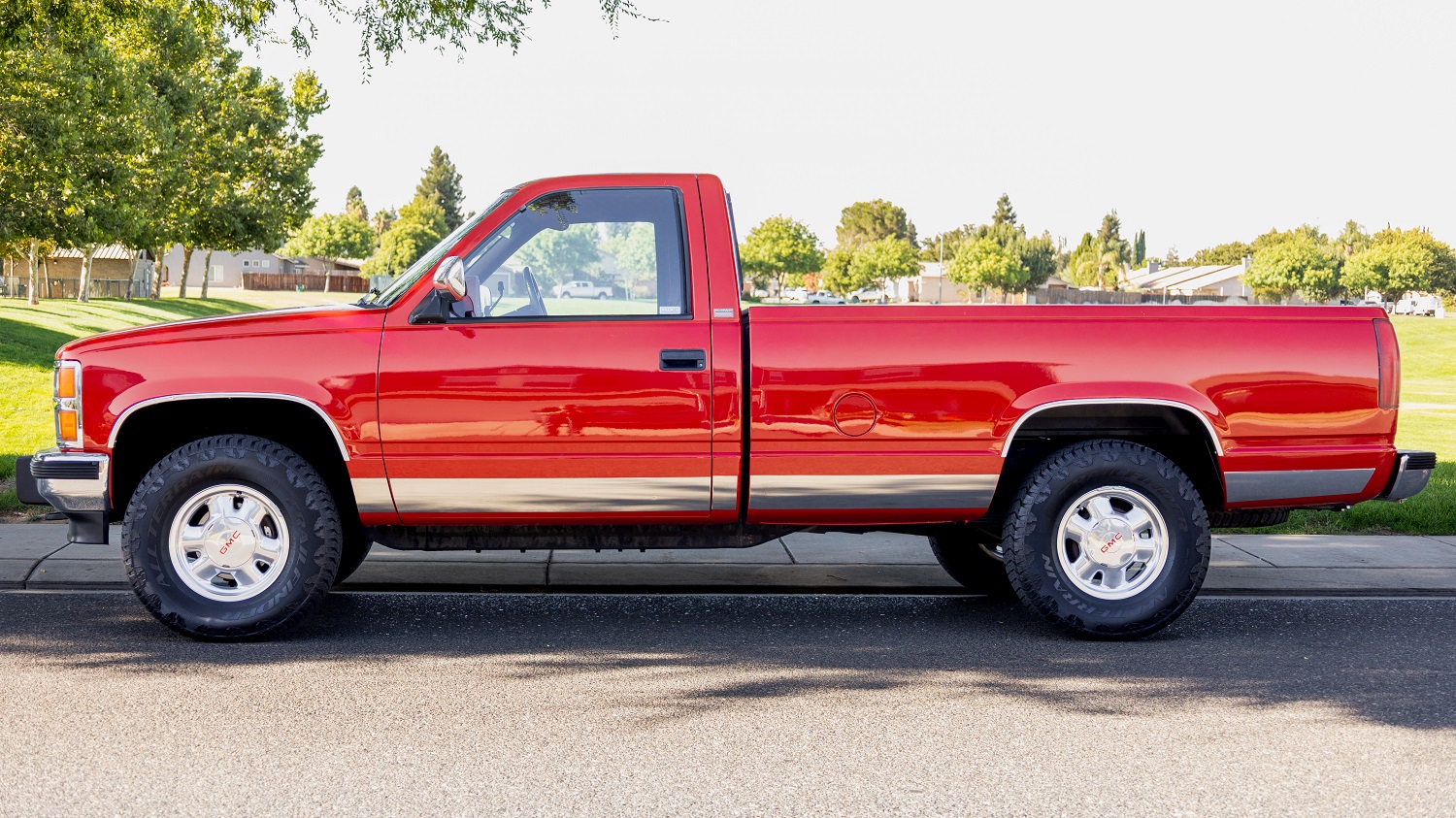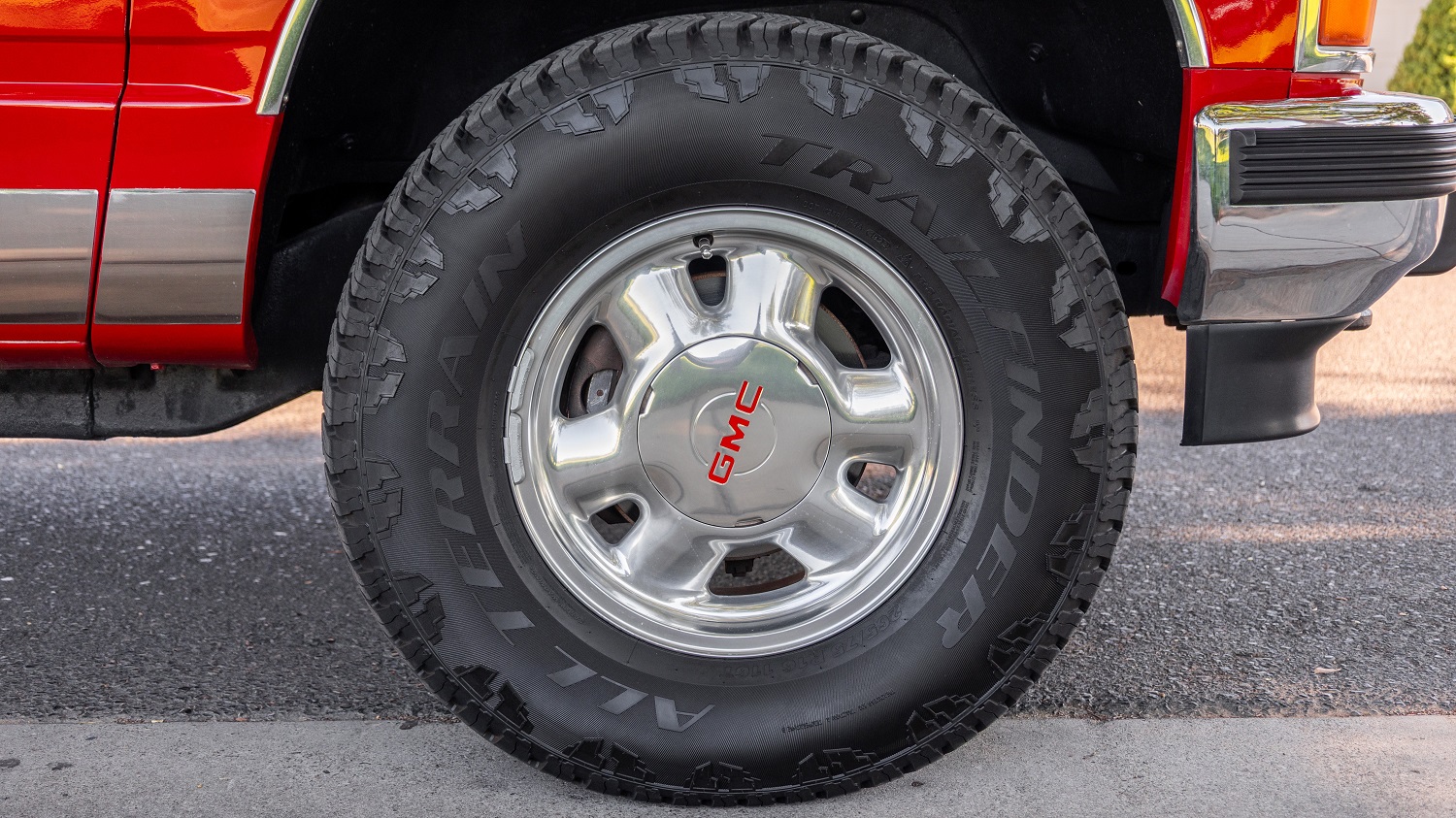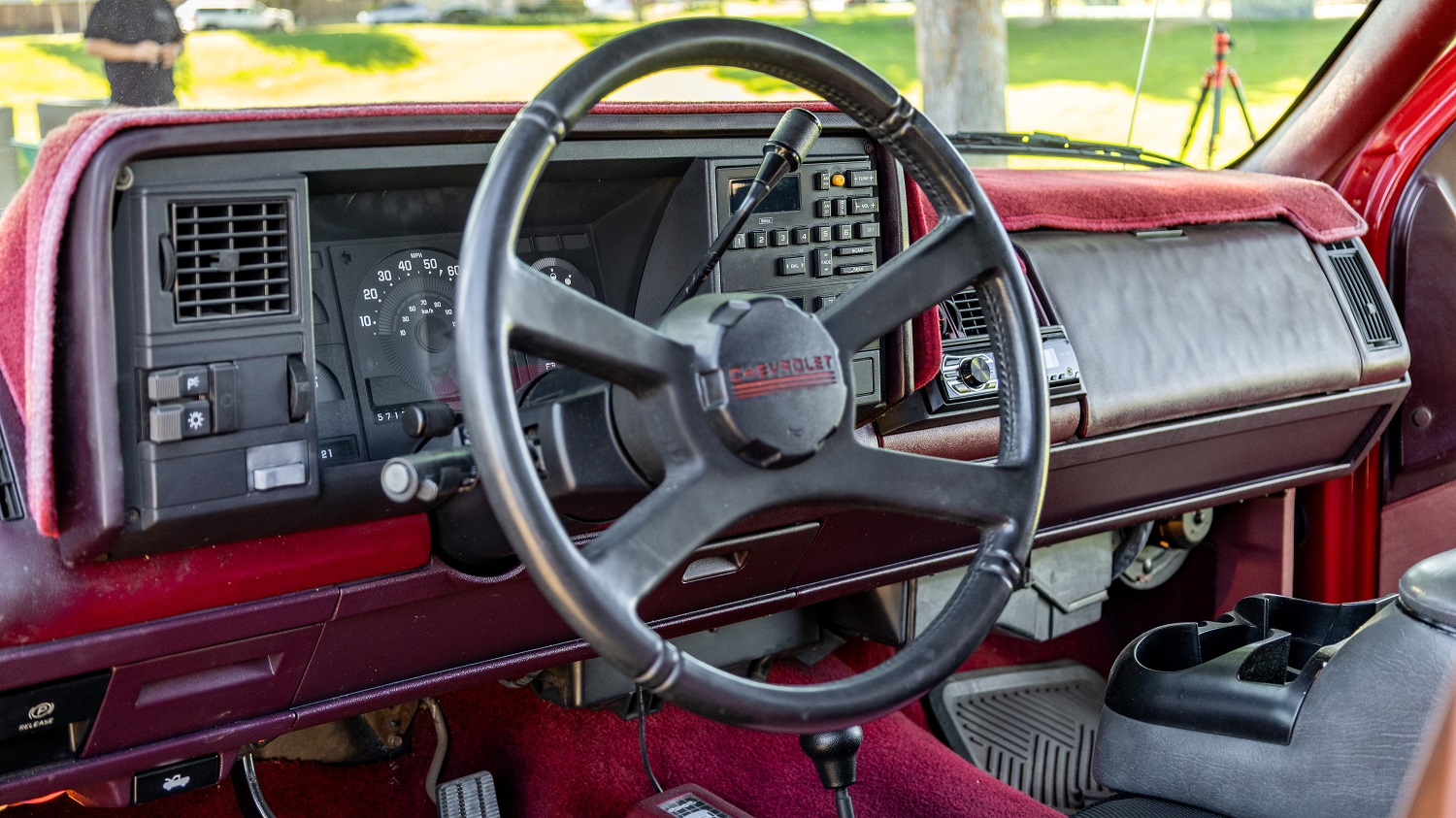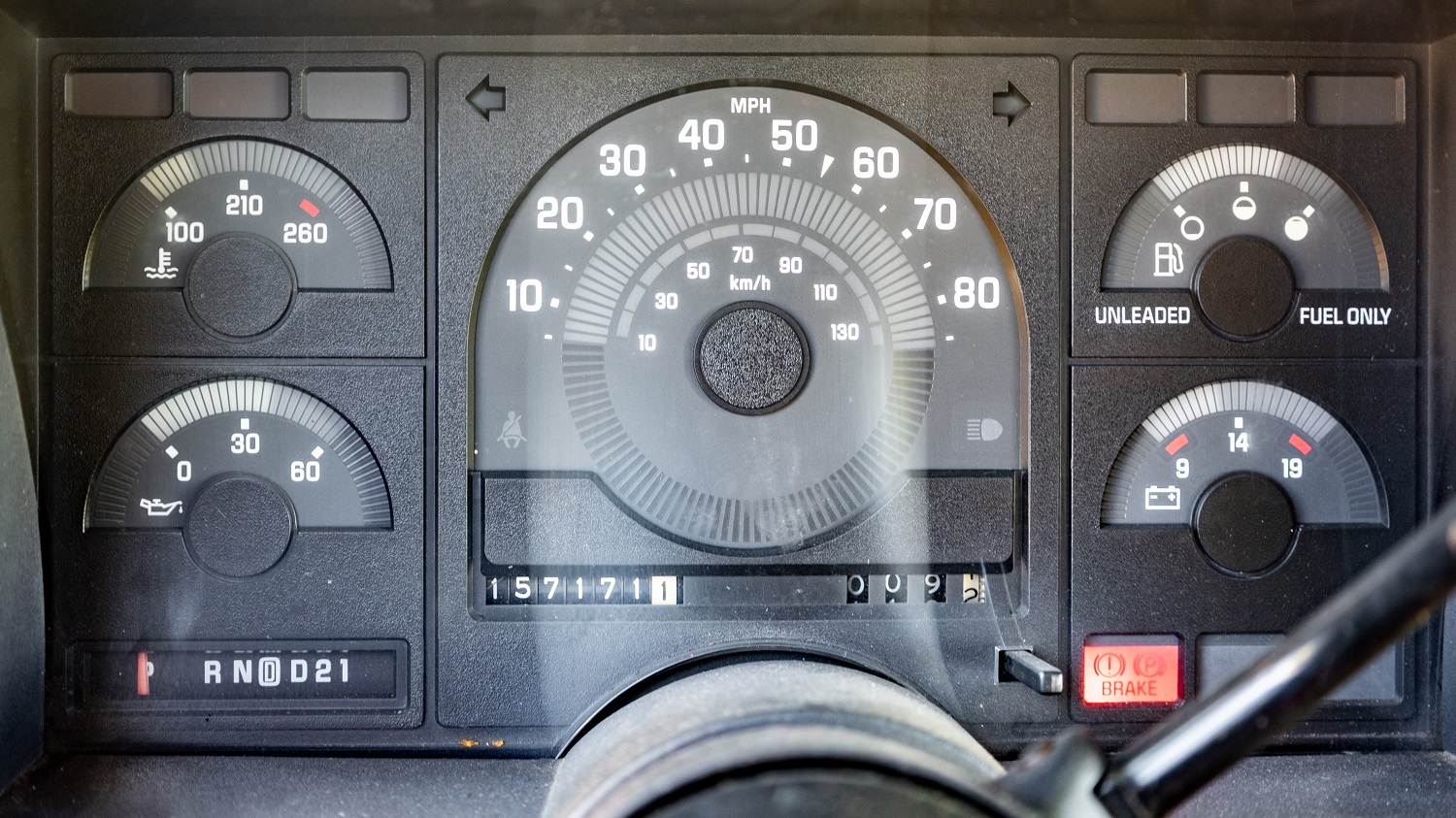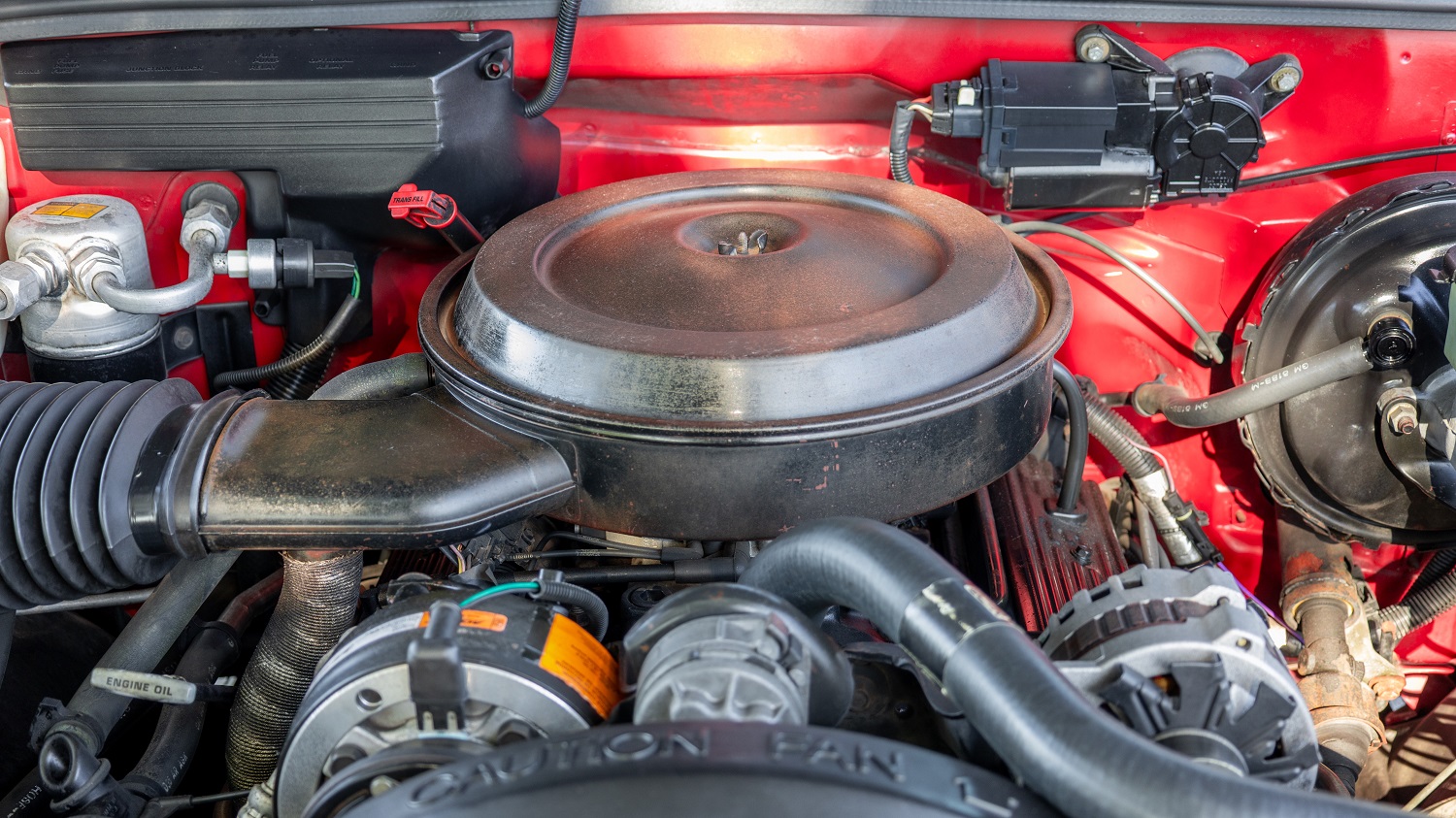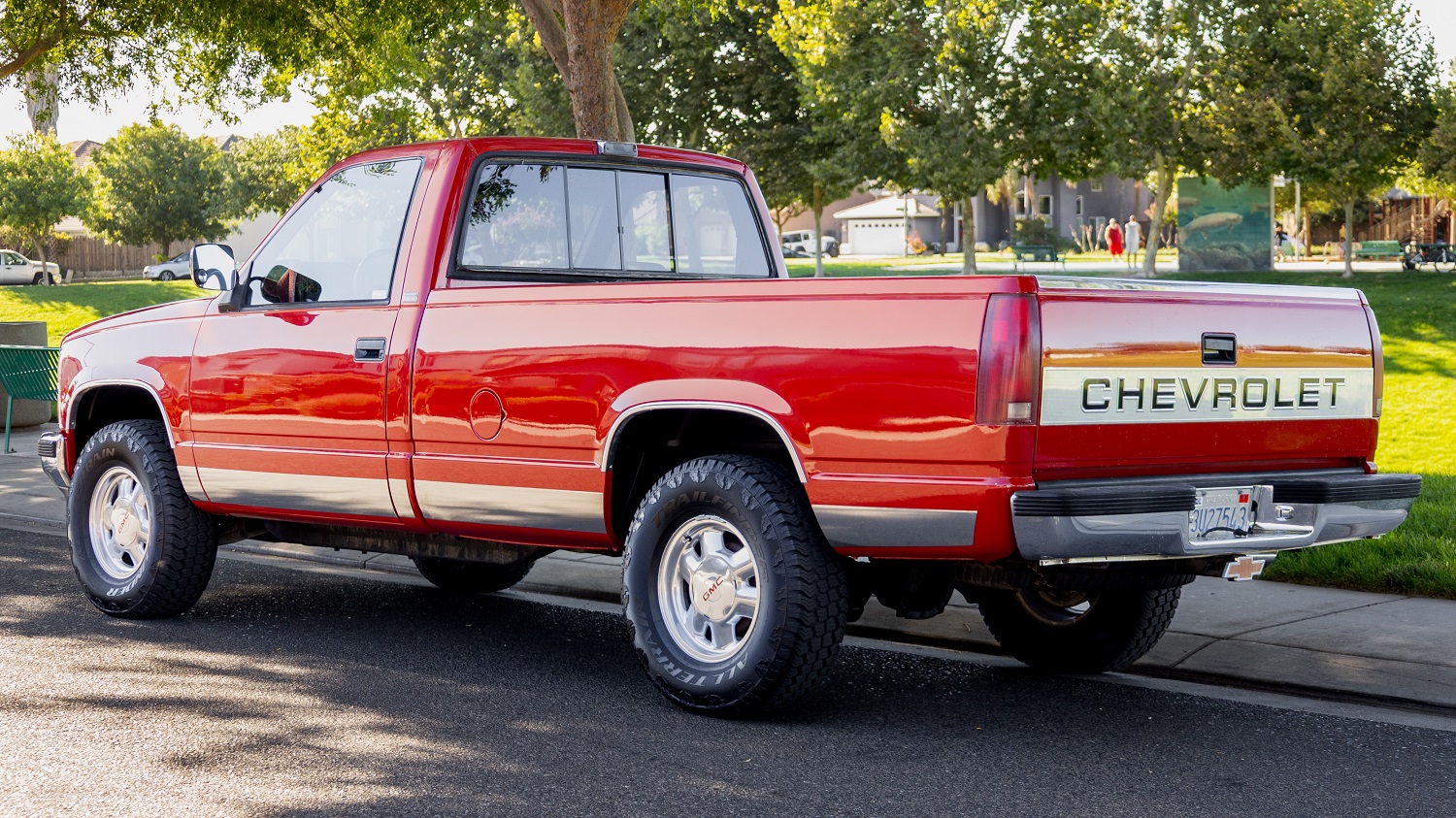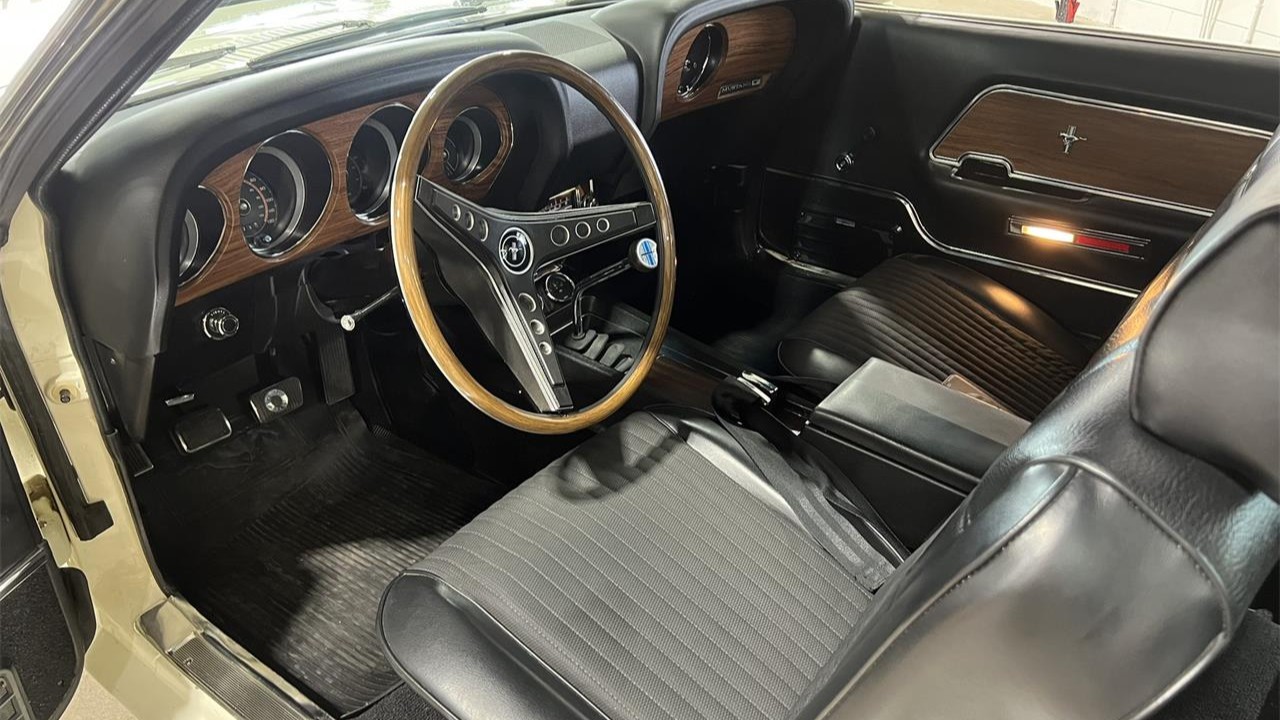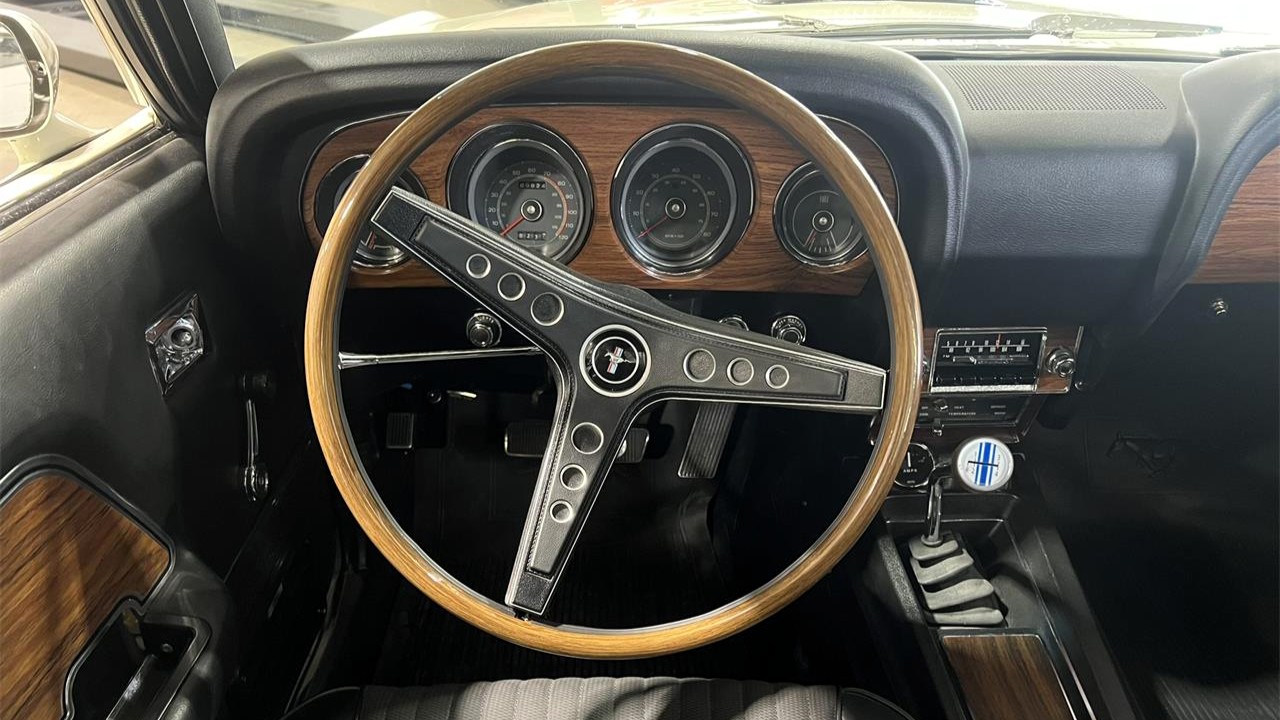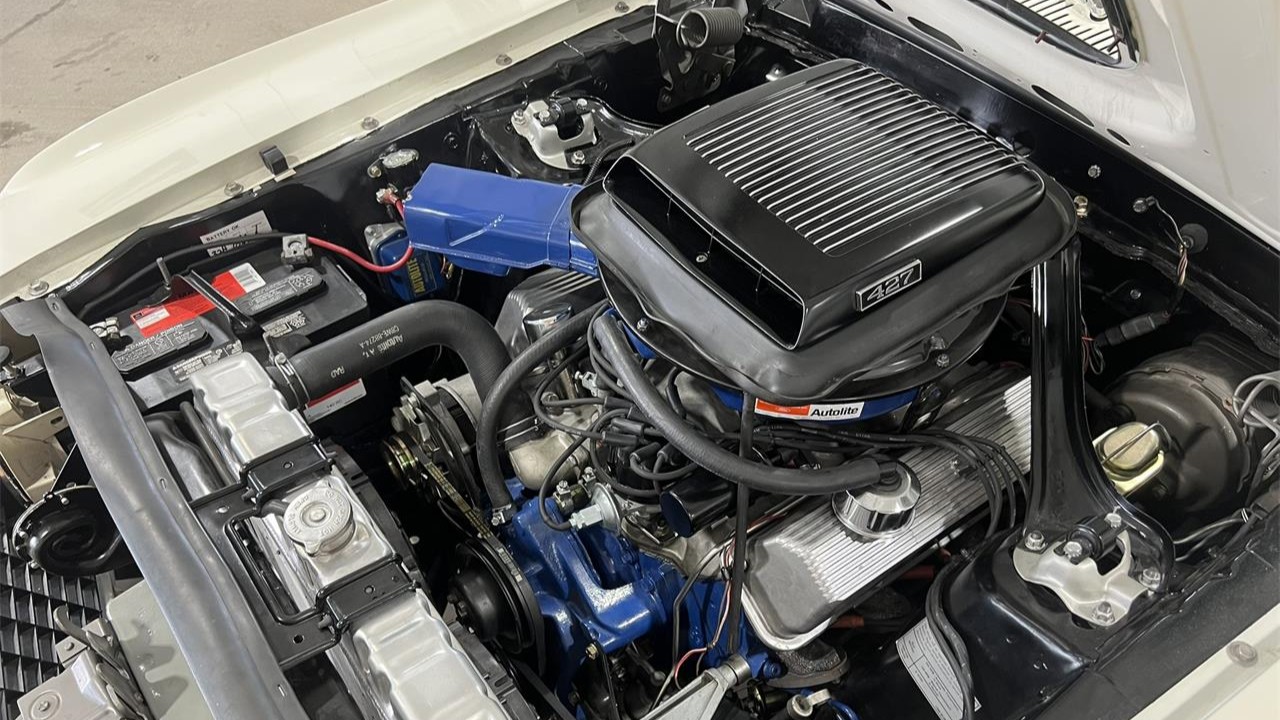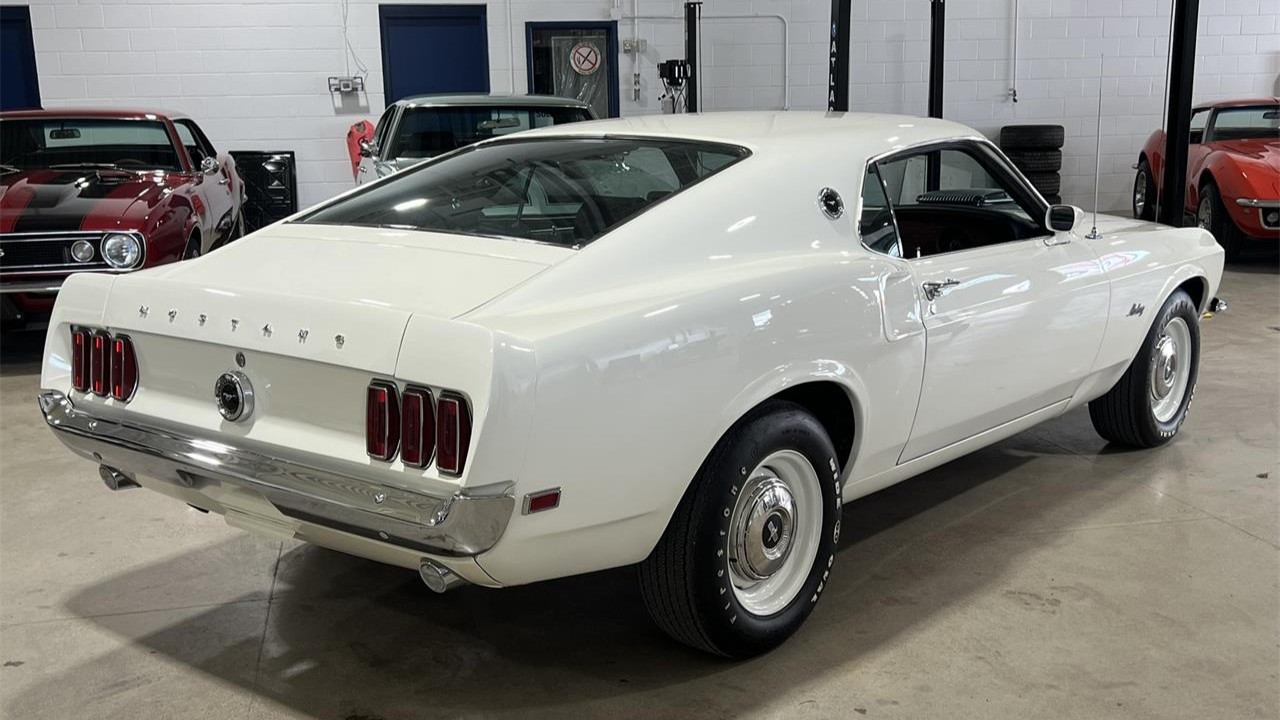Konnichiwa! Last December, I introduced you to a unique right-hand-drive Toyota coupe that my friend Ren imported all the way from Japan to the United States. Now, we get to look at a four-door sedan that made the same trek, and it happens to be up for grabs on our favorite auction site.
Featured on AutoHunter is this 1997 Toyota Aristo V300 Sedan. The car is being sold by a dealer in Mesa, Arizona, and the auction will end Tuesday, August 19, 2025, at 12:15 p.m. (PDT).
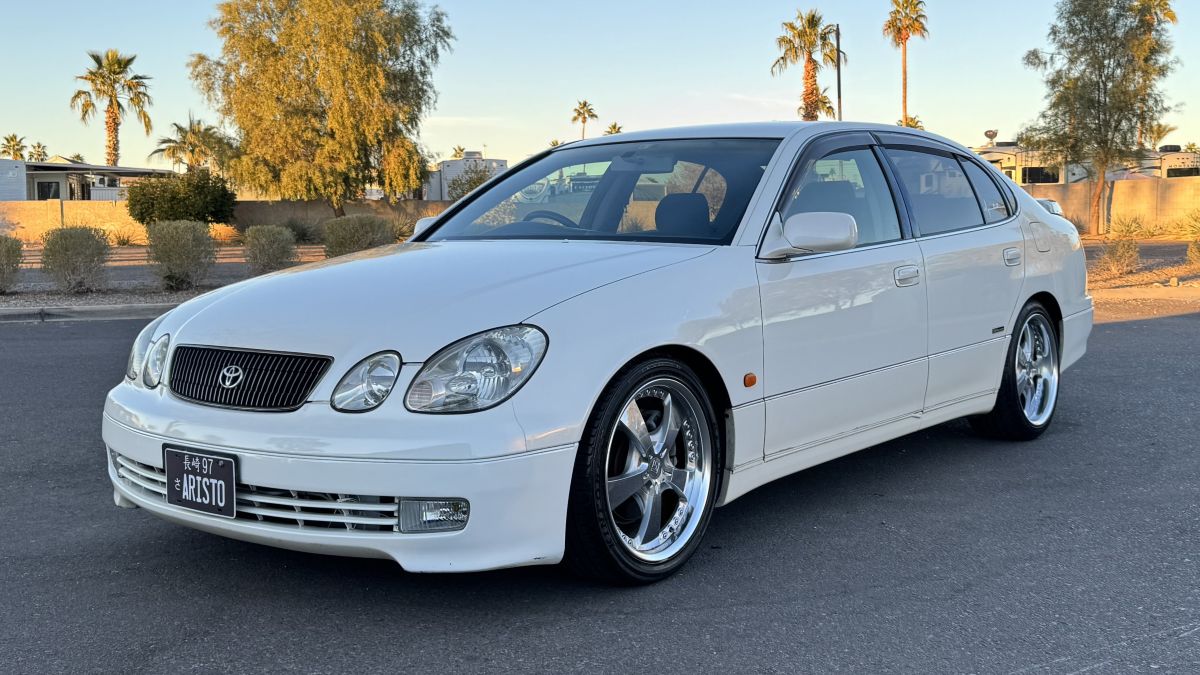
If the exterior body lines of the car look familiar, they should, because the Aristo was marketed in the United States under the Lexus GS nameplate. Parent company Toyota used the internal classification code of “S160” for the platform, which was used between model years 1998 and 2005 for the Lexus version (the Aristo variant went on sale a little earlier—lucky Japanese folks!).
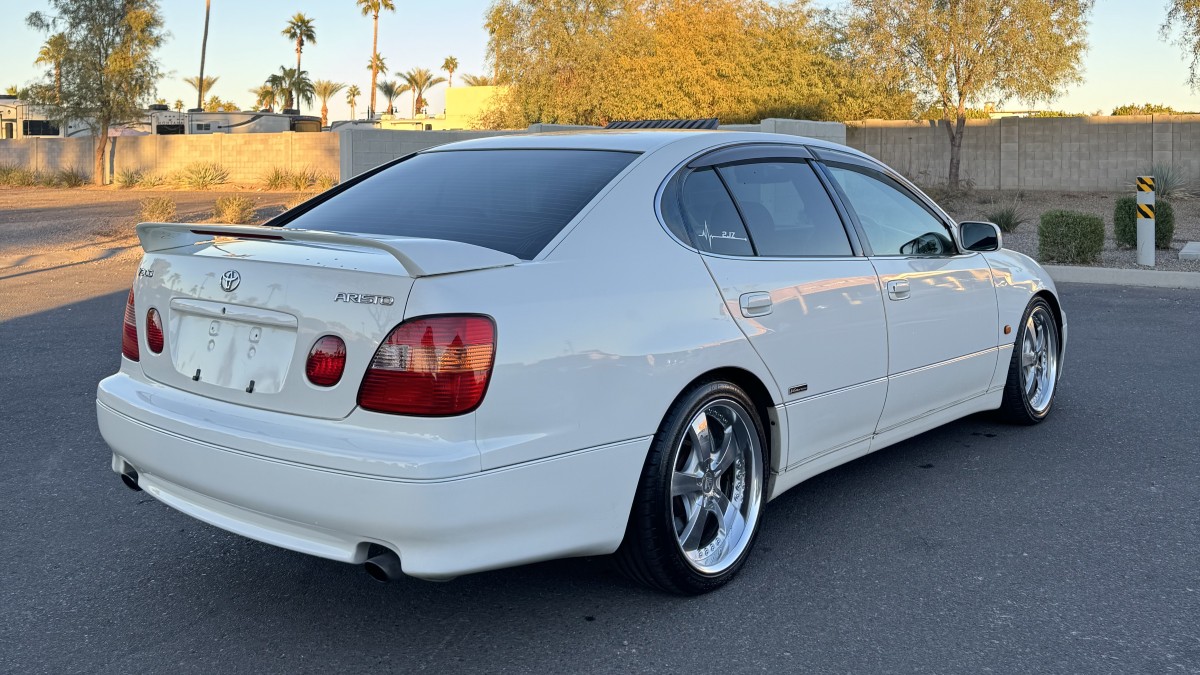
Finished in Diamond White Pearl (paint code 051), the car looks to be in well-preserved shape for being 28 years old. Exterior features include fog lamps, side marker indicators, window visors, 18-inch chrome wheels wrapped in 235/40 tires, rear spoiler, and dual exhaust system.
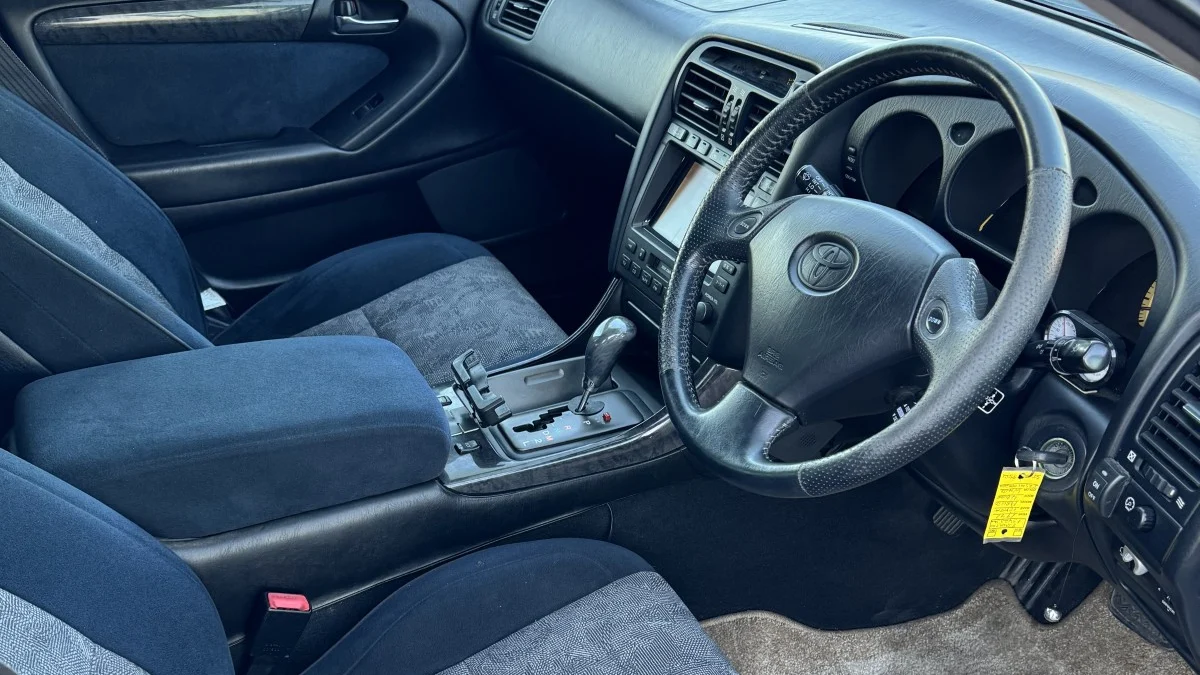
The interior, upholstered in two-tone blue cloth upholstery, has a gated shift lever as well as steering wheel-mounted shift buttons—a predecessor to today’s modern paddle-style controls. Of course, the cabin is laid out in a right-hand-drive arrangement, but luckily the learning curve is not that steep for folks who are used to being on the other side of the vehicle. Remember, the pedal arrangement is the same, it’s just the turn signal and the wiper stalk, which are reversed on a Japanese-specification Toyota.
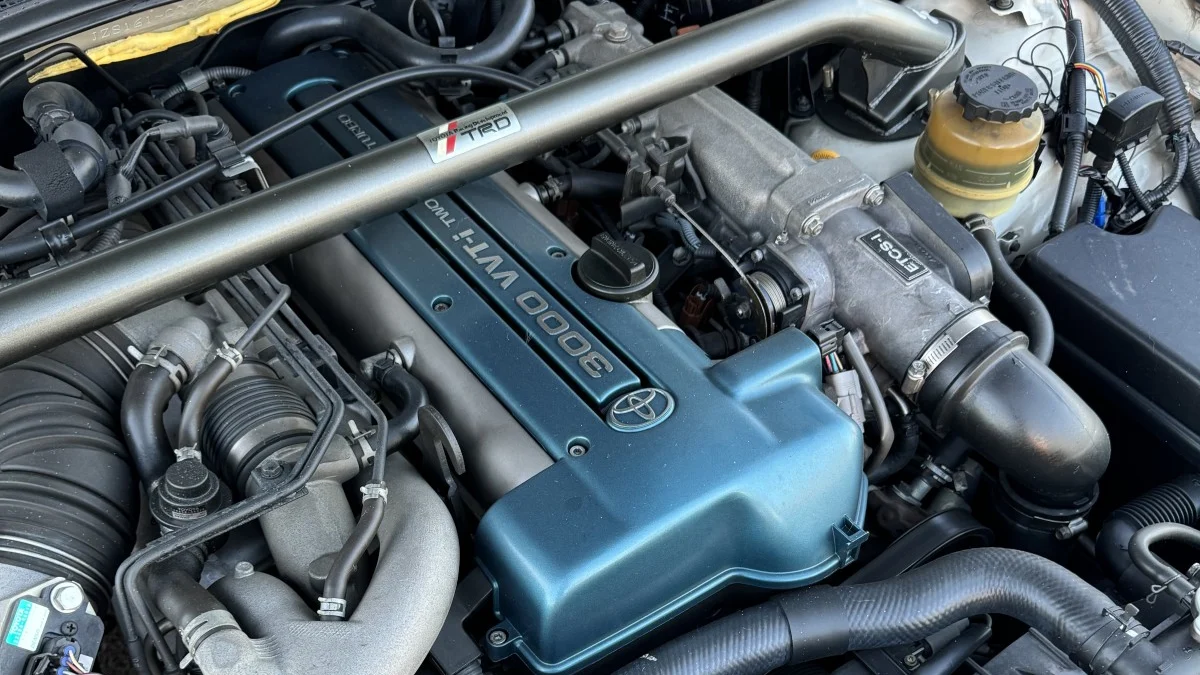
Power for this rear-wheel-drive sport sedan comes from Toyota’s turbocharged 2JZ-GTE 3.0-liter inline-six (the same engine that powers the Mk 4 Supra!) mated to a four-speed automatic transmission. Toyota rated the V300 at 276 horsepower and 332 lb-ft of torque. The car’s digital odometer reads 135,276 kilometers (which comes out to 84,056 miles).
If you want a vehicle that will make a fun conversation piece, the V300 presents a compelling case. Yes, it’s a luxurious sedan with a plush interior, but it also has a performance-oriented powertrain and legendary Toyota reliability. Sounds like a winner to me. The only catch? Your occasional visits to drive-through windows and parking garages might get a little more complicated.
The auction for this 1997 Toyota Aristo V300 Sedan ends Tuesday, August 19, 2025, at 12:15 p.m. (PDT).
Visit the AutoHunter listing for more information and a photo gallery

